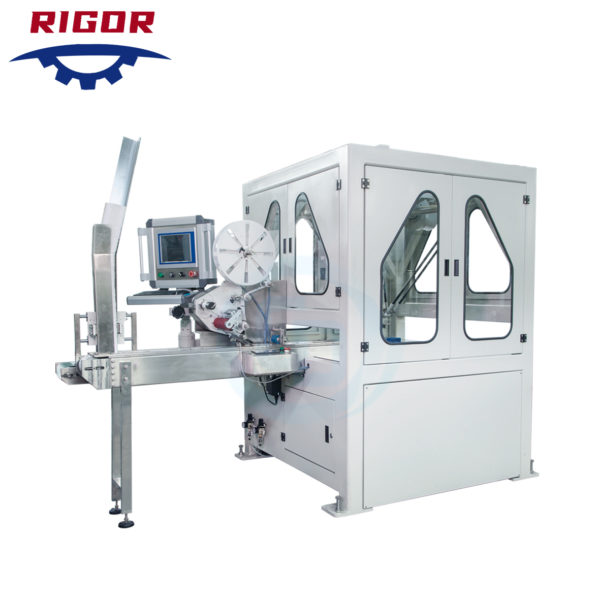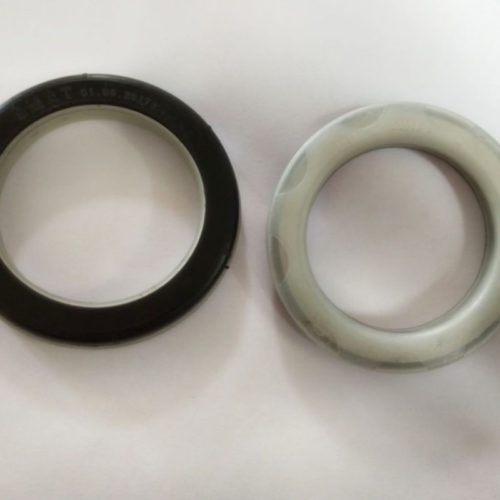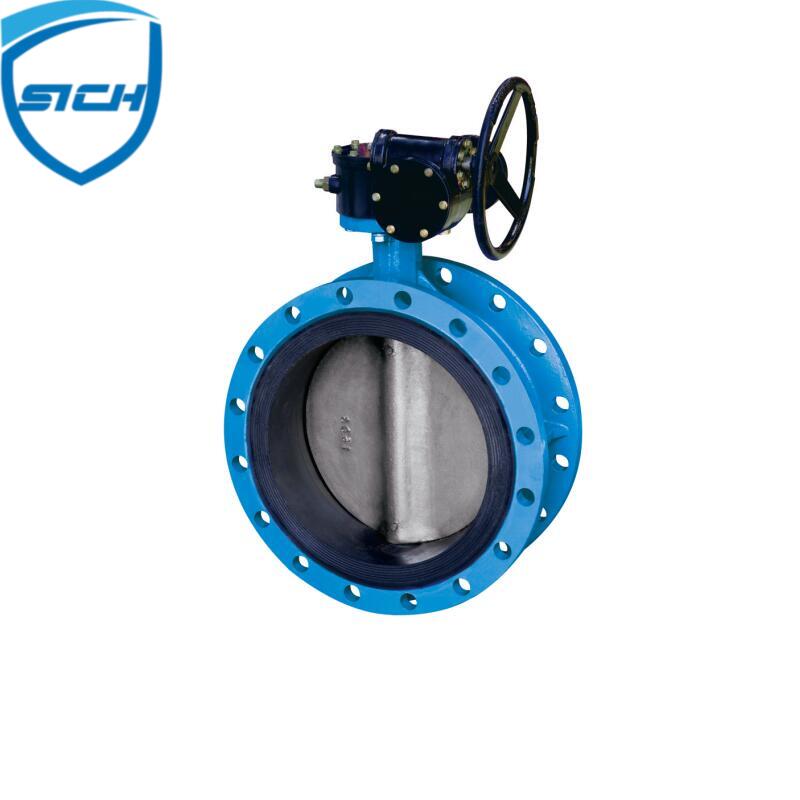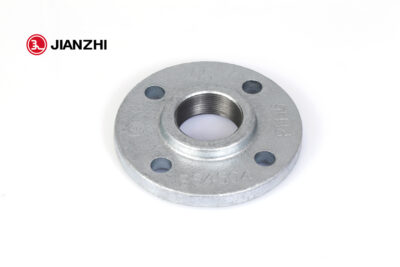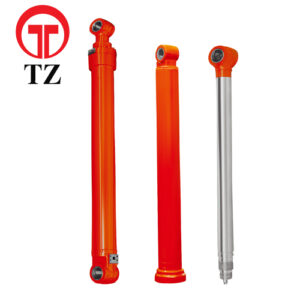What is a travel bag?
A travel bag is a type of luggage specially designed for travel. It is designed to be carried by hand, over the shoulder or in a backpack. Travel bags come in a variety of sizes and styles to suit different travel needs, from weekend getaways to extended trips. As a Chinese travel bag manufacturer, there are many designs of travel bags. Wholesale travel bags, sometimes overseas buyers may consider choosing from.
Some common types of travel bags include duffle bags, backpacks, and rolling cases. Duffle bags are usually made of soft, stretchy material and have a large and roomy interior. The backpack is designed for carrying on the back with adjustable shoulder straps for a comfortable fit. Rolling suitcase with wheels and retractable handle for easy transport at airports and other travel destinations.
Travel bags may also include other features such as multiple compartments for organization, TSA-approved security locks, and waterproof or water-resistant materials for protection from the elements.
The material of the travel bag or backpack?
Travel bags and backpacks can be made from a variety of materials, depending on desired characteristics such as durability, weight and style. Some common materials used for travel bags and backpacks include:
Nylon – Lightweight and durable, nylon is a popular choice for travel bags and backpacks. It’s also water resistant, making it a great choice for outdoor activities.
Polyester – Similar to Nylon, Polyester is also lightweight and durable. It can also be made from recycled materials, making it an eco-friendly option.
Leather – Leather travel bags and backpacks are known for their durability and classic style. However, they can be heavier and require more maintenance than other materials.
Canvas – Canvas is a durable and waterproof material that is a great choice for outdoor activities. It’s also a popular choice for vintage style travel bags.
Ripstop – Ripstop is a durable, lightweight material designed to resist rips and tears. It is often used in outdoor gear and travel bags that require high durability.
Other materials used in travel bags and backpacks include synthetic blends, PVC-coated fabrics, and even natural materials like hemp and cork. The materials used will depend on the desired characteristics and style of the travel bag or backpack.
Are Nylon Travel Bags Better Than Leather Travel Bags?
Whether a nylon duffel bag is better than a leather duffel bag depends on your personal preferences and needs. Both materials have their pros and cons, and it’s important to consider them before making a decision.
Nylon travel bags are generally lighter and water-resistant than leather travel bags. They’re also usually less expensive than leather and come in a variety of colors and styles. Nylon bags are also easier to clean and maintain than leather bags, as they can usually be machine washed or wiped down with a damp cloth.
Leather travel bags, on the other hand, have a classic and timeless look that many appreciate. They are also more durable and can last for years if cared for properly. Leather travel bags may also develop a patina over time, which some believe adds to their character and appeal. However, leather bags can be heavier and more expensive than nylon bags, and they may require more maintenance to keep them looking their best.
At the end of the day, choosing nylon or leather travel bag comes down to your personal preferences, needs and budget. When making your decision, consider factors such as the purpose of the bag, the types of activities you will use it for, and your personal style preferences. Here we recommend Wholesale Travel Bags Links to all our readers. Then you can search and choose the right bag from us.
